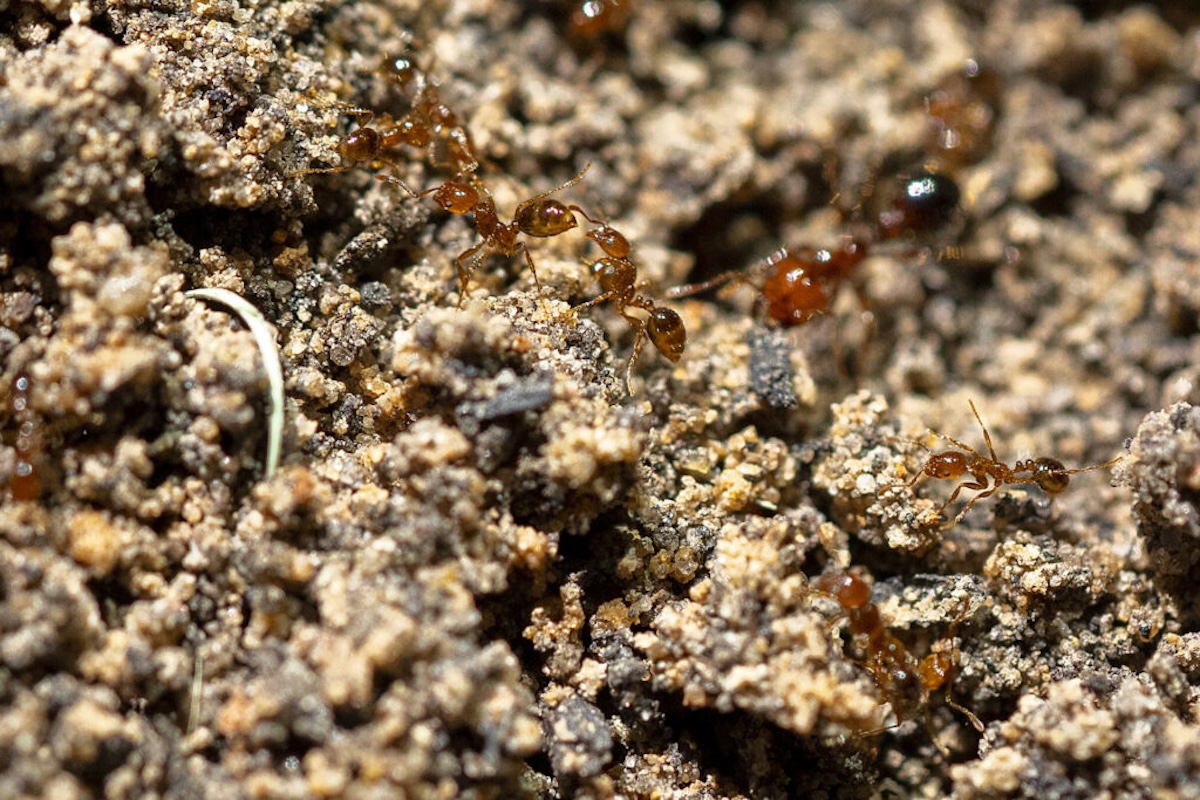Odds and Ends: Invasive species and others on the move across the U.S.
Published 1:47 am Saturday, July 26, 2025
Waiting for the temperature to roll over to triple digits a couple of thoughts have come to mind.
First, it has to do with the weather and being hot outside. We have all become accustomed to going from an air-conditioned house straight to an air-conditioned vehicle and then an air-conditioned building. In the few minutes we spend outside, just about anything above 90 degrees feels hot.
But I remember the wise words of a weatherman from back in the black-and-white days of television who said if you call 90-something degrees hot, what are you going to call it when it gets over 100. And for that reason, I am still waiting for it to get hot.
Trending
Second on the list is fire ants. OK, like hot days in Texas, fire ants are nothing new and for the most part we have learned to live with them. Black fire ants first found their way into the U.S. around 1918. Red fire ants, the kind we deal with in Texas, showed up sometime in the 1930s.
Through the years there have been statewide efforts to eradicate fire ants using everything from insects to bait, but for one reason or another the insects have always won the battle.
That effort may have been lost from the beginning in Texas when during the announcement for the statewide program the Texas Agricultural Commissioner, possibly Reagan Brown, was doing a press conference and for some reason decided to put his hand into a fire ant mound in a demonstration. Boy did he demonstrate their sting.
For the most part we have learned to live with fire ants by treating them when they pop up in the yard and knowing to avoid a mound when possible. There are always those occasions when we accidentally step into a mound and once again feel the pain.
But now there is a new twist or two. Initially, fire ants were a southern thing, but over the years they have migrated north. Worse, the black fire ants and red fire ants have been crossbreeding and creating a meaner hybrid. According to an entomologist the hybrid has adapted the meanest and bite of the red fire ant with the temperature tolerance for the cold of the black fire ant.
While the hybrids may not impact the situation in Texas, it could mean the ants and the problems they bring could be headed to more states.
Trending
And if you have your fire ant mounds under control, be aware there is a newer stinging species, Asian needle ants, that have found their way into a number of states including Texas.
Third and finally, when was the last time you saw a dead armadillo on the road or found them tearing up your front yard rooting for bugs or burrowing?
It used to seem like dead armadillos were about as common as empty beer cans along Texas highways, and often found lying on their back clutching a beer can or bottle thanks to some young folks passing by. But no more.
Interestingly, armadillos, nine-banded armadillos to be exact, are not native to Texas.
They were originally found in Central America and southern Mexico, not finding their way into North America until the 1850s.
Once here, their expansion northward across the state was rapid. And in recent years, like white-winged doves that started out exclusively in Central America, Mexico and the extreme southern tip of Texas, New Mexico and Arizona, they have expanded north into other states.
The armadillo’s expansion has been so rapid and expansive that in recent years they have been documented in southern Illinois, and now state officials there are asking the public to report sightings in the northern portion of the state.
It is said armadillos require an average January temperature above 28 degrees and steady water sources to establish a colony. So far that hasn’t been a problem as they expanded farther north and west.
So, while we easily see the man made issues created by wild pigs, dumped aquarium plants and exotic species, we often do not notice the problems that come from smaller species, like fire ants, until they climb up and bite us on the leg.
— Contact Steve Knight at outdoor@tylerpaper.com







